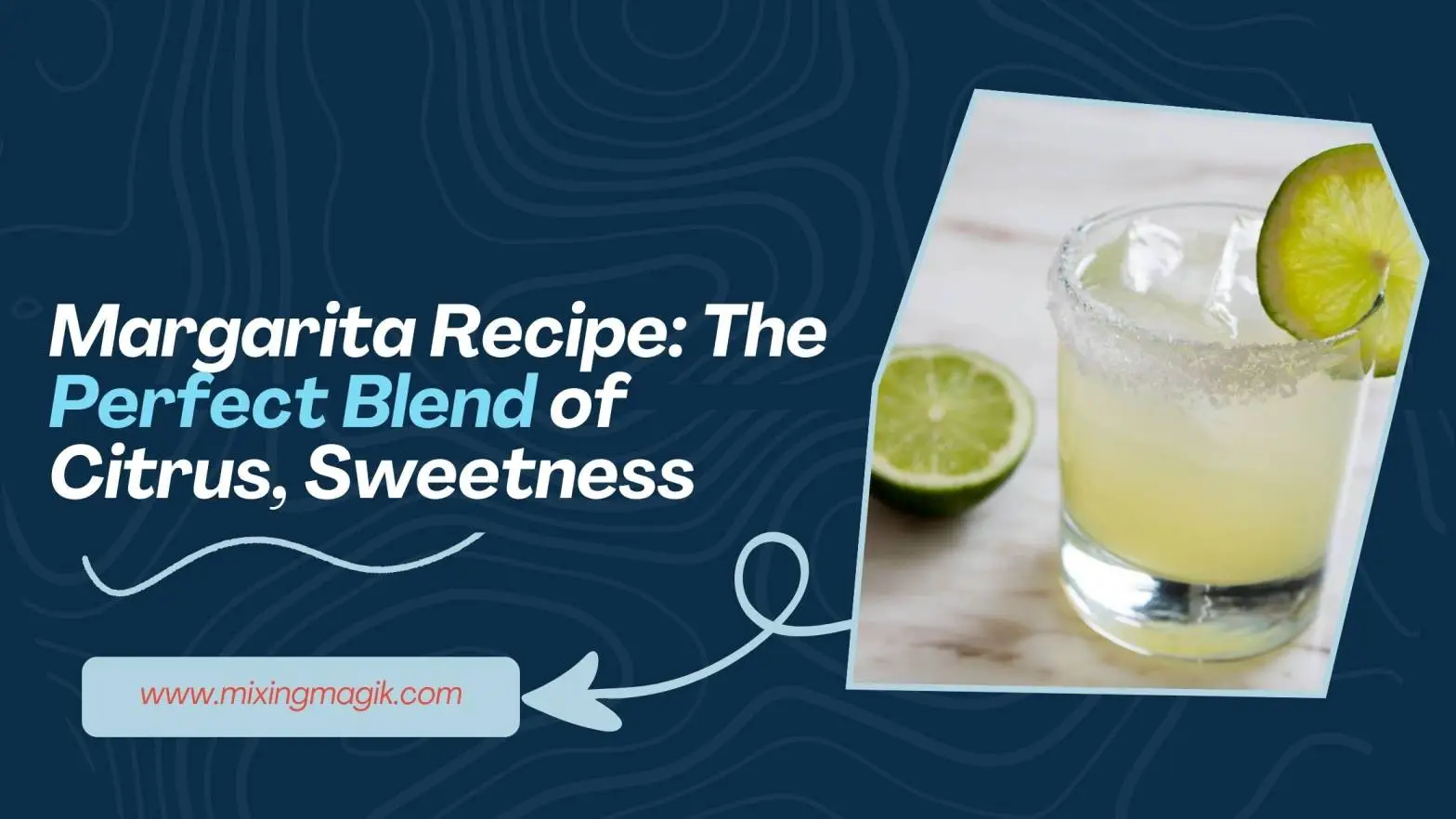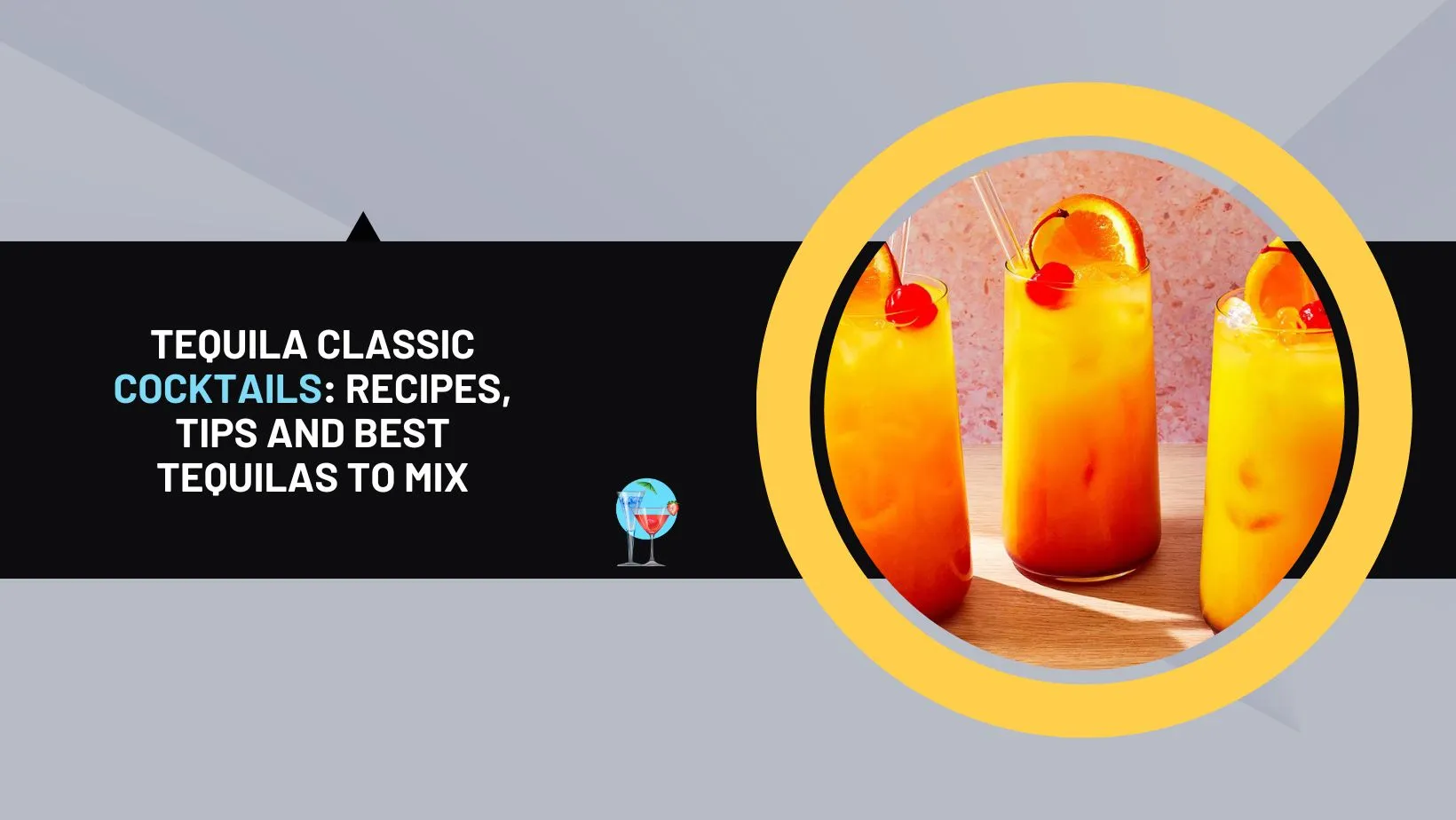Wines come in such countless flavors, with huge number of unpretentious contrasts, accents, and notes in the taste, that no two wines are unequivocally something similar. Indeed, even yearly vintages taste unique (have you heard somebody say, "gracious, that was a great year for that wine"?).
Everything that expressed, everybody can name two overall classifications of wine: red wine and white wine.
Red wines frequently address more grounded, bolder preferences with strong and rich flavors. Conversely, white wines frequently address the more acidic, flower, and fruity part of wine that river in on lighter flavors and unpretentious suggestions.
Most relaxed wine consumers don't understand the immense contrasts among red and white wines, basically expecting the qualifications all reduce to the way that various grapes are utilized. For sure, the two sorts of a wine for the most part utilize various kinds of grapes.
Notwithstanding, they likewise use various pieces of the grape, cycles, and synthetic mixtures (which relate straightforwardly to a wine's sustenance part), all of which join to give white wines their exceptional taste.
This guide will cover these distinctions in more noteworthy profundity, investigating what makes red and white wines unique. Then, we'll investigate the various sorts of white wine and how winemakers can make strong, one of a kind, and delightful preferences from the main planting of the grape to the last container.
Various Grapes

Generally, red wine is made with red grapes, while white wine is made with white (green) grapes. In any case, many individuals don't understand that winemakers use different grape parts for various wines.
At the point when red wine is made, the wine is matured with the skin and seeds of the grapes. This is on the grounds that the shade of the grapes, and subsequently the wine, is held inside the skin and the seed.
Then again, white wine is made without grape skin and seeds (besides in extraordinary circumstances). A few white wines, like White Pinot Noir, are made with red grapes. Winemakers eliminate the skins and seeds from the grapes, permitting them to make a white wine taste that is more extravagant and bolder than numerous other white wines.
Different Production Methods
The creation strategies used to make white wine highlight a few vital contrasts from those used to deliver red wine.
By a long shot, the main contrast between the two creation strategies is the kind of taste winemakers are attempting to accomplish.
As verified above, red wines ordinarily observe different taste rules than white wines. The rich, intense, and solid kinds of red wine are accomplished by expanding oxygen openness, which frees the fruity's wine, florally hints natural for the grapes.
To achieve this expanded oxygen openness, red wine is normally matured in oak barrels since the wood's pores permit oxygen to course through the wine.
Then again, the taste rules of white wine normally spin around a similar botanical, fruity, and citrusy tastes that winemakers look to free red wine of. Subsequently, white wine is in many cases matured in treated steel compartments or tanks, which permit winemakers to control oxygen openness, a fundamental part of the white wine creation process.
Once more, this distinction isn't valid for all red and white wines, however it is exceptionally normal.
White Wine Making Interaction
The fundamental blueprint for white winemaking is as per the following:
Develop grapes: This appears to be clear as crystal enough, yet the nature of grapes will have, generally, a more prominent effect on the nature of the wine than any of different advances.
Collect the grapes: Wineries reap grapes during various seasons relying upon their area; those north of the equator regularly gather during August, September, and October, while those south of the equator ordinarily collect during any of the months from February to April.
Squeezing: In this step, the wine grapes are squeezed to extricate the juice from the seeds and the skins. This is a fundamental piece of the white wine process in light of the fact that, assuming you review from a higher place, white wine must be matured without grape skins and seeds, in contrast to red wine.
Settling: Settling is a significant piece of the winemaking system since it permits the dregs from the grapes to settle out of the juice. This is significant on the grounds that reasonable juice makes for better wine.
Maturation: Yeast and grape juice consolidate to make liquor and CO2, a huge synthetic response for wine creation. This interaction ordinarily takes more time for white wines than red wines since they should be kept at cooler temperatures.
Maturing: After the maturation interaction is finished, white wines will ordinarily go through additional maturing. This maturing should be possible through a few strategies. Maturing can be gone on in tempered steel tanks, frequently used to restrict oxygen openness, or in oak barrels, which increments oxygen openness and permits winemakers to impart a few different tasting notes in the wines.
Additives: Sulfur dioxide (SO2) is frequently added to wine additives to forestall deterioration. As of late, a few winemakers have started rehearsing regular winemaking where no additive is added.
Filtration: The filtration interaction eliminates the wine of any leftover residue from the creation cycle. Without this step, white wines would look shady as opposed to having the reasonable, straightforward, yellowish variety they are known for.
Packaging: This is the last move toward the interaction. Here the wine is at long last positioned in its notable jug. Then, it can at last be moved and delivered straightforwardly to you!
Rundown of White Varietals: A Broad White Wines Rundown

White wine comes in a few distinct varietals. A couple of ordinarily known and famous ones comprise of Chardonnay, Pinot Grigio, and Riesling, however there are many white wine varietals that you probably haven't even known about previously!
In this next segment, we'll cover some of the most well known varietals, their normal beginnings, famous pairings, and a portion of our #1 choices!
Chardonnay
Remarkable Districts Developed: Burgundy, France, Focal Valley, California, New Zealand
Beginning: Burgundy, France
Pleasantness: Dry
Flavors: Apple, pineapple, vanilla, spread, crème brûlée
Chardonnay is the most popular and most well known white wine. The grape used to create Chardonnay is very adaptable, both with the flavors it tends to be imparted with and the different creation strategies accessible, considering Chardonnay to be quite possibly of the most broadly developed grape.
Chardonnay grapes can catch a huge scope of flavors relying upon the environment wherein they're developed and a few different variables. Flavors incorporate everything from apple and pineapple to vanilla, spread, and even crème brûlée.
Food Matching with Chardonnay
Being a white wine, Chardonnay is frequently served before supper or as the primary wine of the dinner. White wines are ordinarily served before their heavier red partners to reflect the dinner and adjusted taste. Some normal Chardonnay pairings are as per the following:
Meat: Broiled or barbecued chicken and pork.
Fish: Crab and Barbecued Salmon
Cheddar: Brie and Camembert
Pasta: Served best with pasta that utilizes a cream sauce.
Moscato
Remarkable Areas Developed: Asti, Italy, Australia
Beginning: The starting points of Moscato can be followed back to Greece
Pleasantness: Semi-sweet
Flavors: Orange, pear, lemon, and honeysuckle
Moscato is a well known white wine produced using the Muscat group of grapes, which comprises of more than 200 assortments. Moscato wines are known for their sweet, citrus fragrances that element notes and kinds of orange, pear, lemon, from there, the sky is the limit. In any case, grapes can likewise be utilized to spread the word about dessert wines for their sweet and rich caramel flavors. It is additionally one of the most seasoned wine grapes on the planet.
Food Matching with Moscato
Moscato is planned to be served chilled and coordinates well with light, lively plates of mixed greens, and various pastries, including apple and peach shoemakers. Some normal food pairings with Moscato incorporate the accompanying:
Meat: Flank steak, chicken, and pork
Fish: Crab, fish
Cheddar: Goat cheddar, brie
Salad: Light, lively plates of mixed greens that include citrus and natural product flavors
Treats: Peach shoemaker, apple shoemaker, fruity dessert, key lime pie, sorbet
White Wine Mixes
White mixes are winemakers' approach to guaranteeing quality and rejuvenating their interesting dreams. Some of the time two, three, four, or even five grapes permit a winemaker's imaginative articulation to sparkle and genuinely bring the nature of the grapes out from each other.
While the famous white mixes comprise of White Bordeaux (Sémillon, Sauvignon Blanc, Muscadelle) and White Bourgogne (Chardonnay, Aligote), there are many other white wine mixes out there that permit winemakers to flaunt their skill.
Italy: Arbos Bianco - Produced using a wonderful blend of natural Riesling and Moscato grapes, Arbos Bianco is the flexible Italian white you need for your next dinner or get-together. Set out a glass and end up tempted by the traces of jasmine and chamomile on the button.
White Wine More or less
That might appear to be a ton of data, however it is just the start.
It is likewise critical to recollect that while the above data gives serious areas of strength for an and common principles, the manner in which a wine taste has an extraordinary arrangement to do with its year and creator. For example, a commonly dry wine, like Sémillon, can be made into a dessert wine with the legitimate methods.
We don't anticipate that everybody should be a wine specialist! All things considered, the main thing that matters is your taste and inclination. To find out more, take a stab at investigating a portion of our other instructive pieces on our blog. There's an entire universe of wine ready to be investigated!





